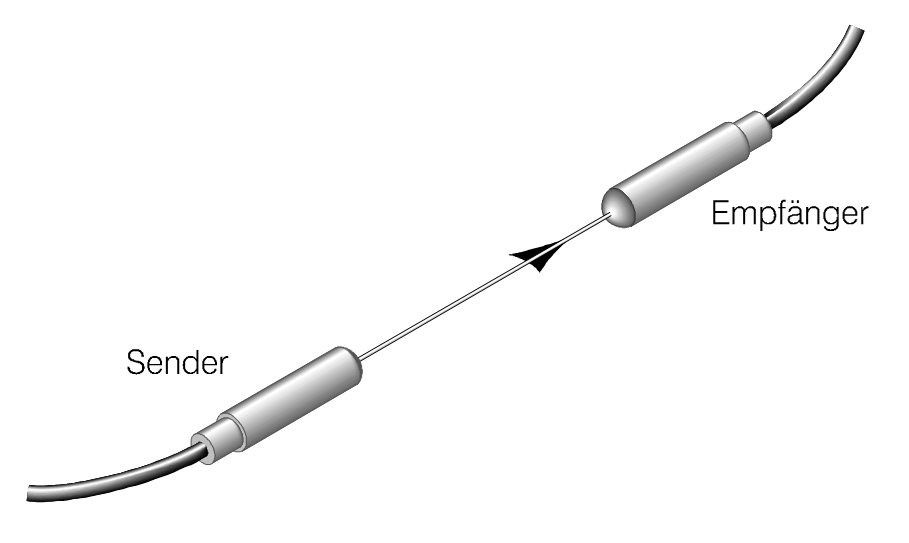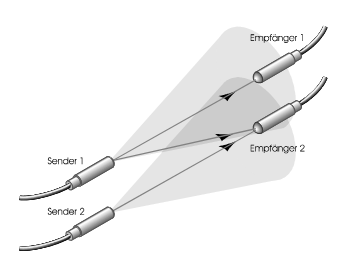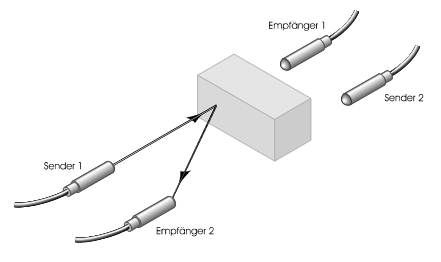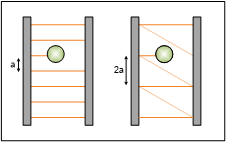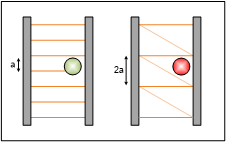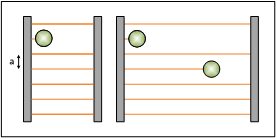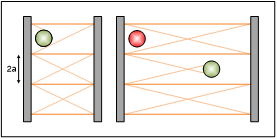An infrared light grid, also called a light curtain, consists of several transmitter and receiver elements. In principle, they are light barriers strung together.
The transmitter emits infrared light beams that can be detected by the receiver. Infrared LEDs with a wavelength of 880-940 nm are used for the transmitter. Photodiodes or phototransistors are typically used for receivers. These are able to detect the incoming infrared light and convert it into an electrical signal.
When an object interrupts the light beam, the receiver is triggered and a signal is sent to the controller.

